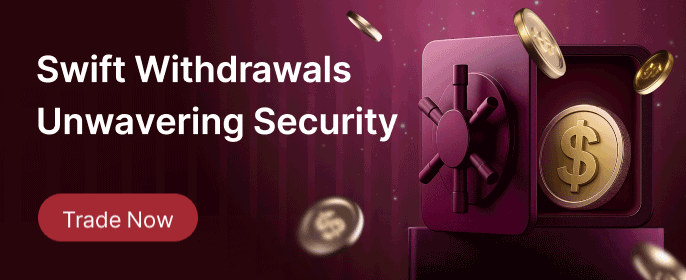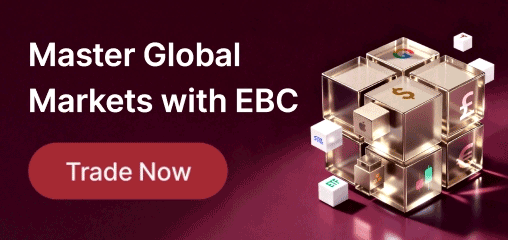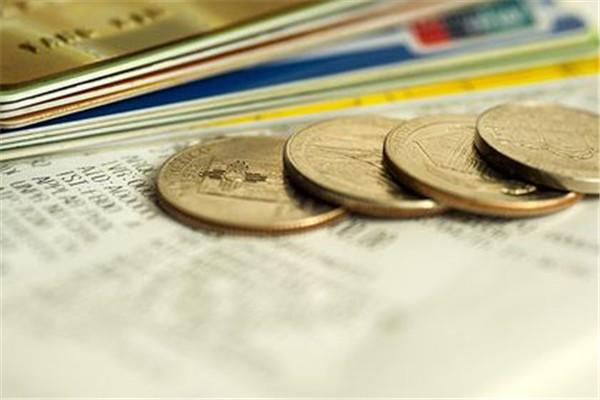Forex futures contracts have clear contract specifications,
including contract size, delivery month, etc. Leveraged trading allows traders
to trade on a larger scale by paying only a small amount of margin. When the
contract expires, physical delivery or cash delivery can be chosen. The futures market has high liquidity, and traders can buy and sell
contracts at any time. risk management tools such as stop-loss orders and limit
orders can provide better transaction control. Foreign exchange futures
contracts are an important tool for foreign exchange trading and risk
management.

What are the basic characteristics of forex futures contracts?
Futures trading is a type of contract that is traded
through centralized public bidding on the exchange. In general, the trading
venue is fixed, and the trading time is limited.
2. Standardized contracts are also a fundamental feature of forex futures contracts.
(1) Scale standardization
The number of contracts for each type of futures is fixed,
and traders can purchase or sell one or more contracts at a certain exchange
rate, but they cannot be lower than one or other quantities that are not
multiples of it.
(2) A fixed delivery period
A fixed delivery period refers to the fixed expiration date of currency
futures contracts, which means that the trading time is limited.
(3) Forex futures contracts all implement a margin system, a
trading membership system, a daily clearing system, and a price limit
system.
(4) Contracts typically end with hedging and do not typically involve actual
delivery.
Like other commodity futures, forex futures contracts usually do
not engage in physical (i.e., foreign exchange) delivery but rather end their
obligation to deliver physical (i.e., foreign exchange) through "hedging",
meaning that traders end their obligation to deliver physical (i.e., foreign
exchange) to buy and sell a reverse contract.
(5) The parties involved in the transaction include three parties.
The parties involved in forex futures trading include sellers,
buyers, and clearing companies affiliated with the exchange.
(6) Trading participant Fan Weiguang
Brokers can be entrusted with entering the market for trading by paying a
certain initial margin. Even ordinary civilians can participate in
transactions.
When traders want to buy or sell forex futures contracts, they put in their orders with the member companies of the exchange. These companies then pass on these orders to the trading hall. Here, prices are decided through either 'open bidding' between floor brokers or by electronic computers matching orders automatically.
Disclaimer: Investment involves risk. The content of this report is not an investment advice and does not constitute any offer or solicitation to offer or recommendation of any investment product.



























